Panipat War: The Battle of Panipat was a significant event in Indian history that took place on January 14, 1761. It was fought between the Maratha Empire and the invading forces of Ahmad Shah Durrani, the founder of the Durrani Empire. The battle is considered one of the largest and bloodiest fought in the 18th century, with estimates of casualties ranging from 60,000 to over 100,000 soldiers and civilians.
Panipat War Background
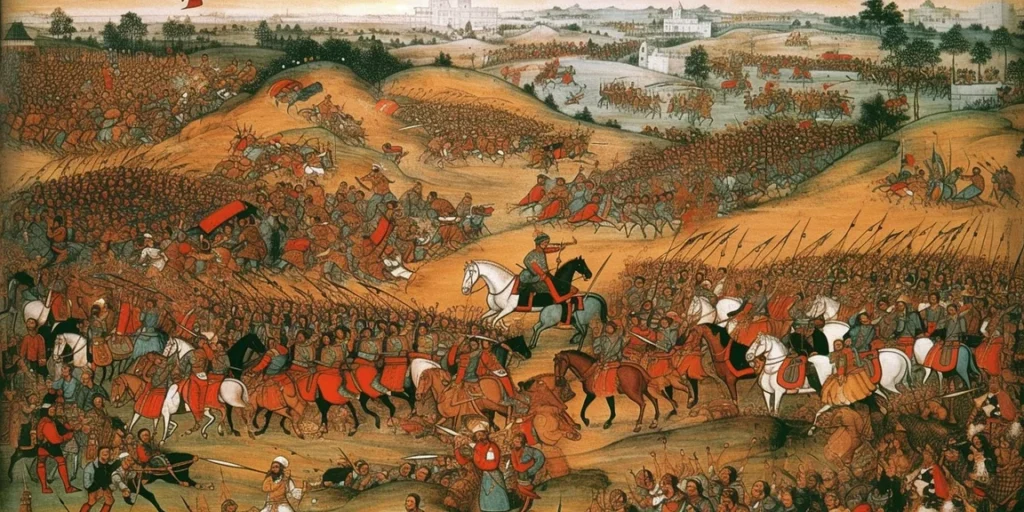
The Maratha Empire was at its peak during the 18th century, having expanded its territories across much of modern-day India. In contrast, the Durrani Empire, which included present-day Afghanistan, Pakistan, and parts of Iran, was relatively new and seeking to expand its territories. Ahmad Shah Durrani was aware of the growing power of the Marathas and their ambitions to establish hegemony over North India. He thus launched a massive invasion of India to defeat the Marathas and gain control over the region.
The Battle
The Maratha forces, under the leadership of their commander-in-chief, Sadashivrao Bhau, and the Peshwa’s cousin, Vishwasrao, faced off against Ahmad Shah Durrani’s army at Panipat. The Marathas had a significantly larger army, numbering around 100,000 soldiers, while Ahmad Shah’s army consisted of 50,000-60,000 soldiers. However, the Maratha army was comprised mostly of infantry, while Ahmad Shah’s forces had a strong cavalry, which would prove to be a decisive advantage.
The battle began with the Marathas launching a fierce attack on Ahmad Shah’s forces, which initially appeared to be successful. However, the Afghan cavalry soon began to outflank and surround the Marathas, cutting off their supply lines and causing chaos in the Maratha ranks. The battle became a melee, with soldiers from both sides fighting fiercely, resulting in a massive loss of life.
The Marathas fought valiantly, with Sadashivrao Bhau leading from the front, but they were eventually overwhelmed by the Afghan cavalry. Vishwasrao, the Peshwa’s cousin and the Maratha’s chief strategist, was killed early in the battle, which further weakened the Maratha’s morale. The Maratha’s artillery was rendered ineffective due to the Afghan cavalry’s speed and mobility, and they were unable to form a coherent defensive line.
Outcome
The Battle of Panipat was a devastating defeat for the Marathas, with estimates of their losses ranging from 60,000 to over 100,000 soldiers and civilians. The defeat also led to the collapse of the Maratha Empire’s northward expansion and weakened its hold over much of India. Ahmad Shah Durrani’s victory at Panipat established the Durrani Empire as the dominant power in the region for several decades.
Panipat War Impact
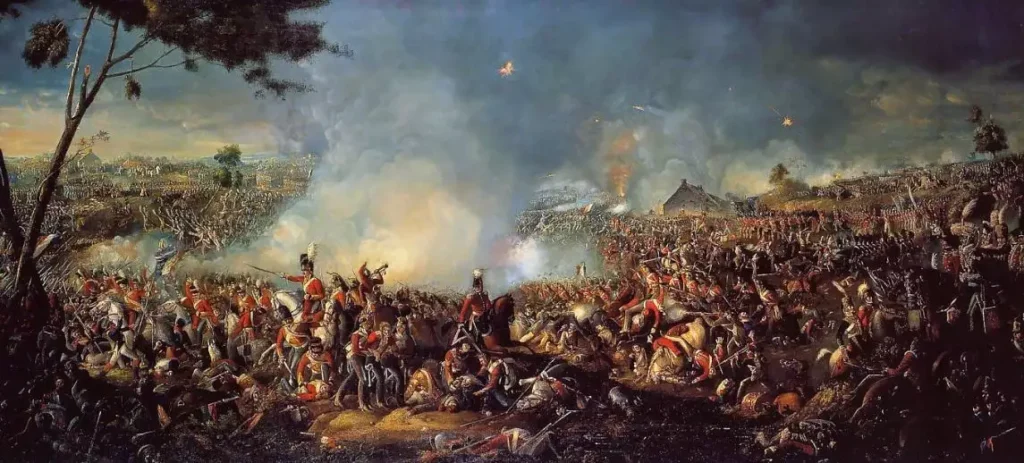
The Battle of Panipat had far-reaching consequences for India’s political and social landscape. It marked the end of the Maratha Empire’s expansion and began a period of decline, leading to the British East India Company’s increasing dominance in India. The battle also highlighted the importance of cavalry in Indian warfare and led to a shift in military strategy towards a greater emphasis on cavalry. Furthermore, the loss of life in the battle and its aftermath had a significant impact on India’s demography and society.
The Battle of Panipat was a defining moment in Indian history, with its impact felt for centuries to come. The battle demonstrated the importance of military strategy and technology, as well as the role of social and political factors in shaping warfare. It also highlighted the destructive nature of war and its impact on civilian populations. The legacy of the battle continues to be felt in modern-day India.
Read Also: Talikota War
![]()

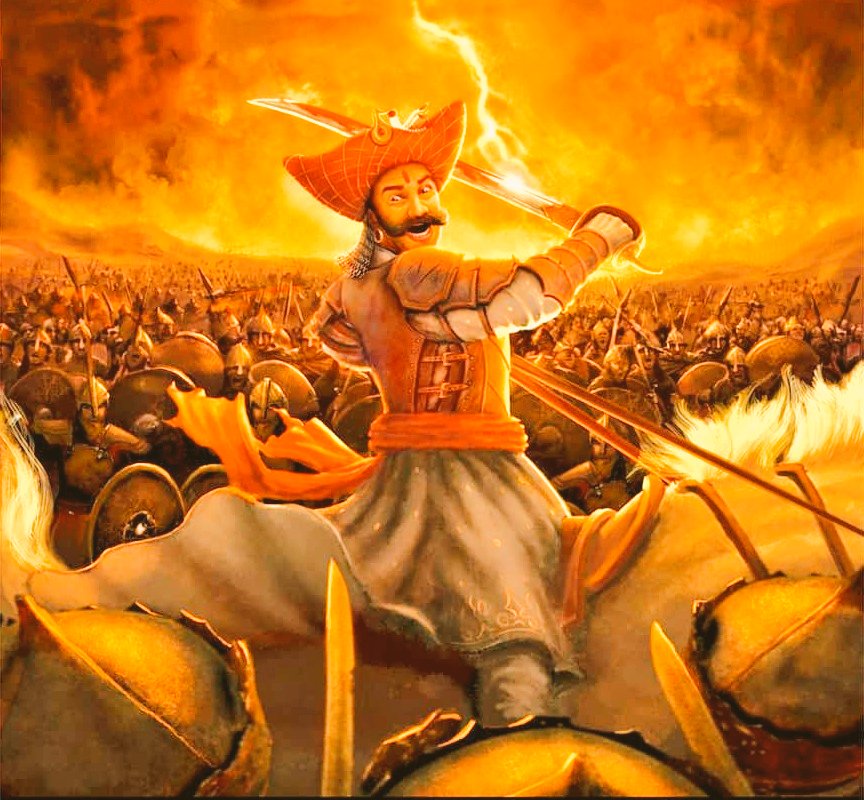
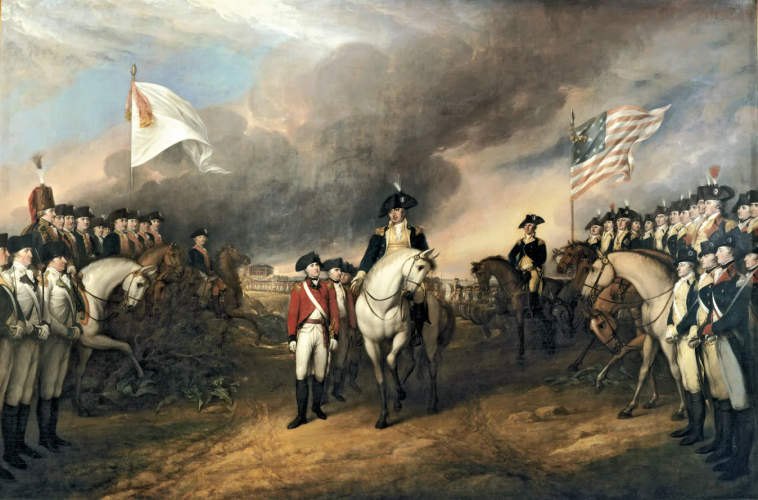

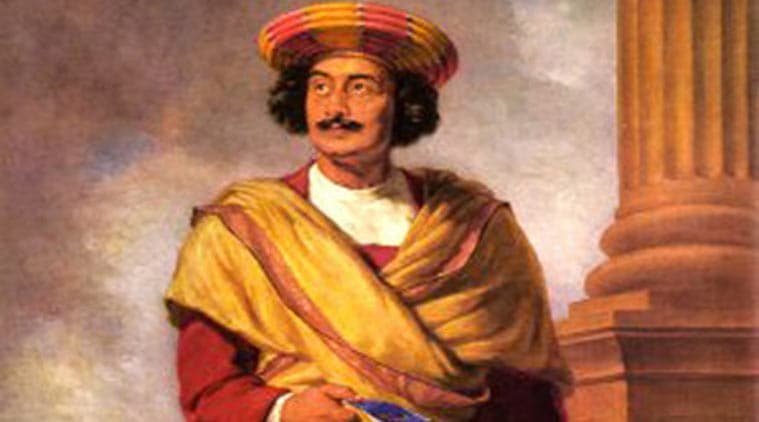

3 thoughts on “Panipat War”